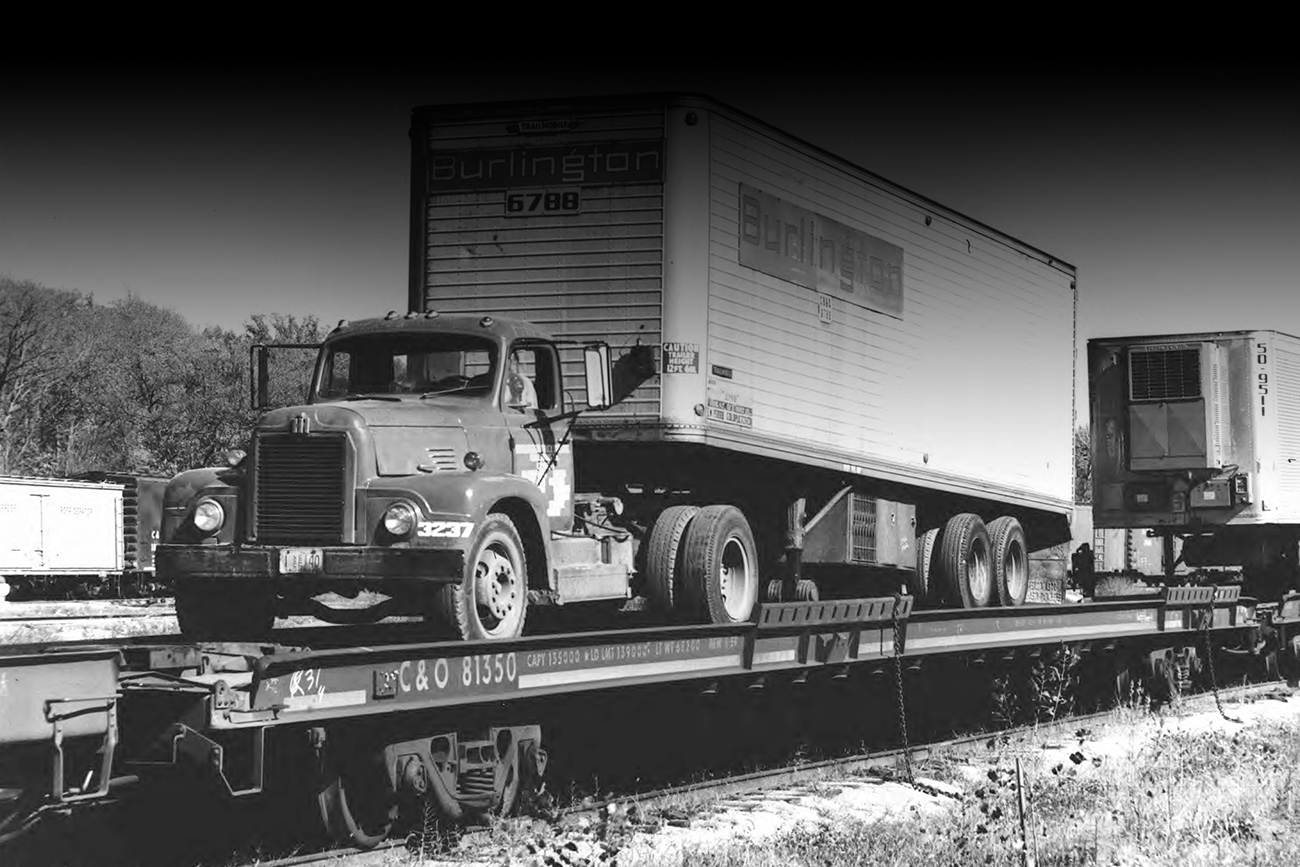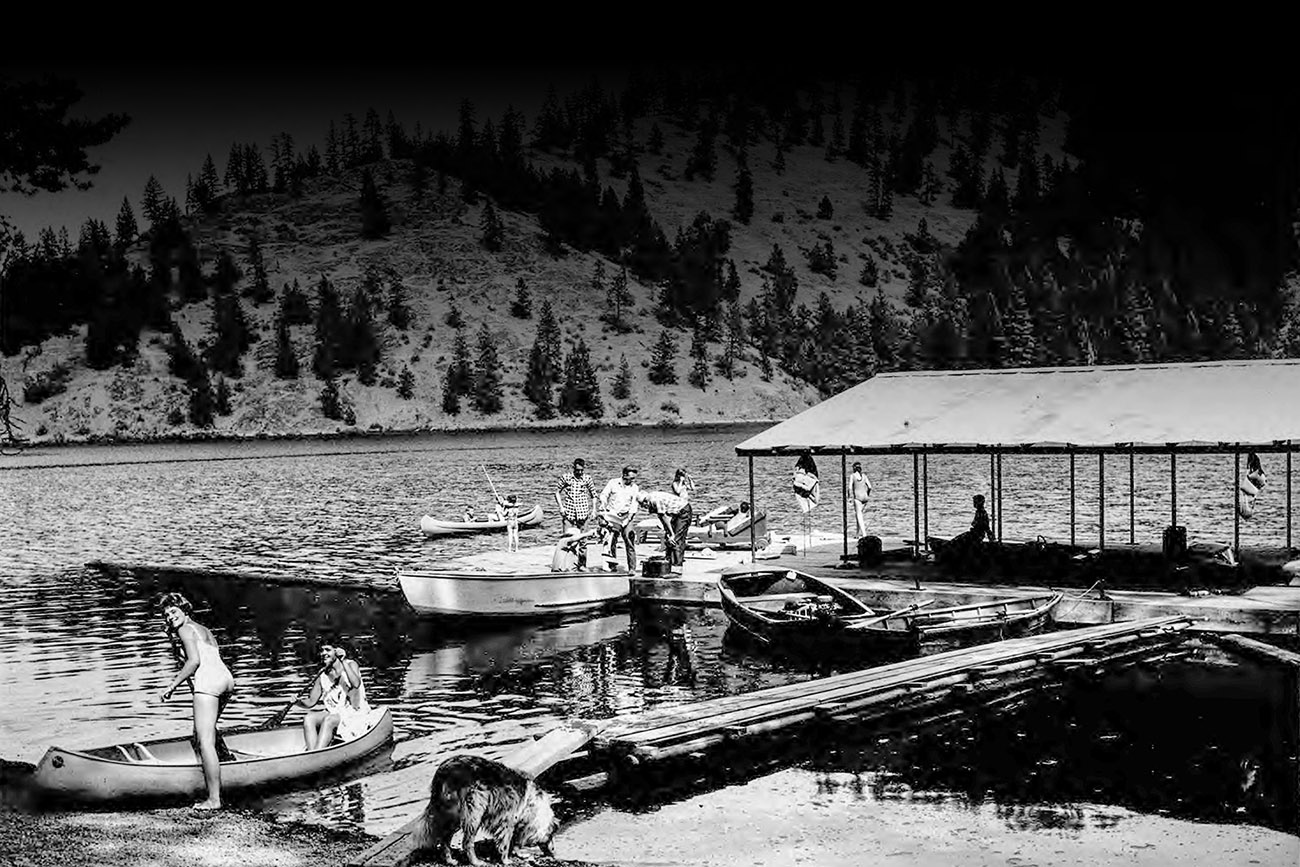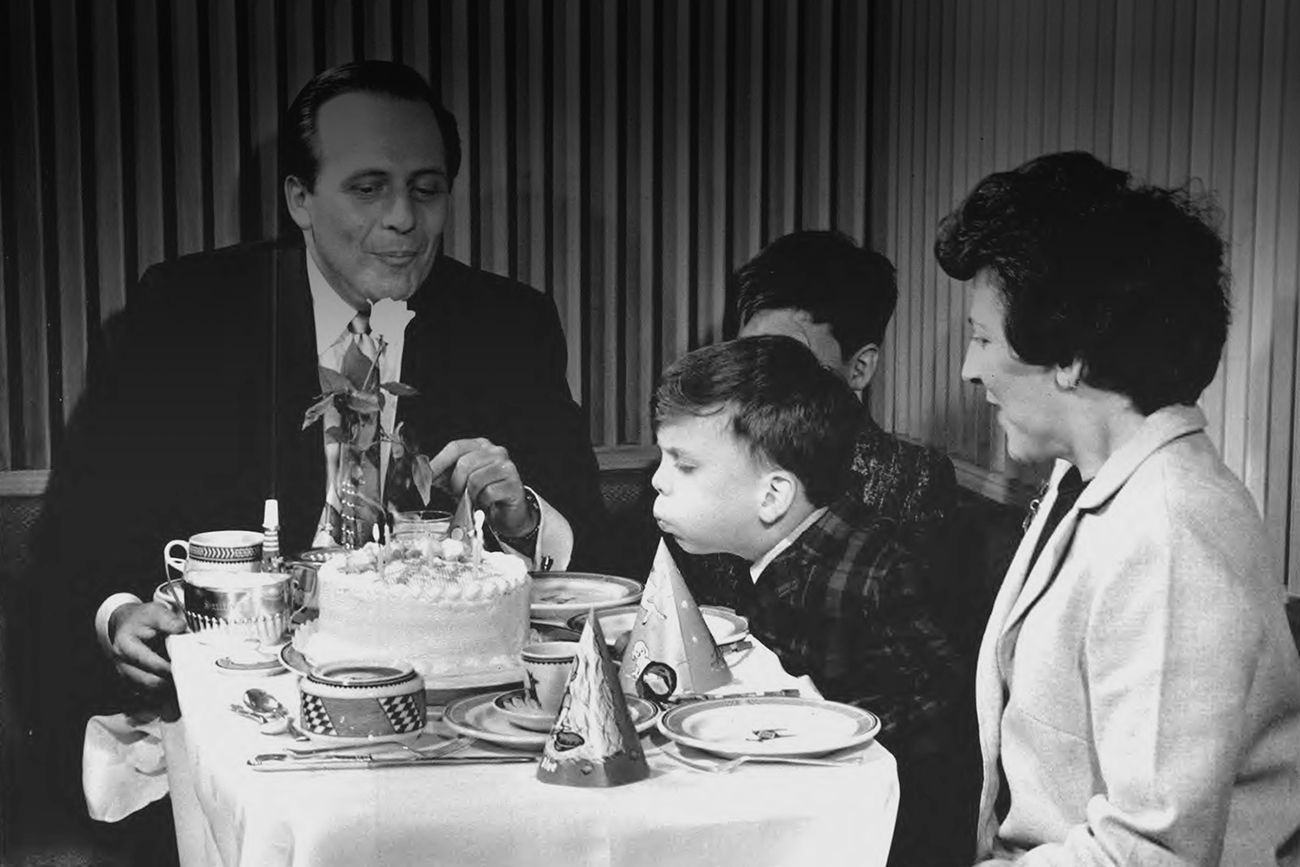Turntables have been a ‘round’ since the 1830s – and they’re still in rotation
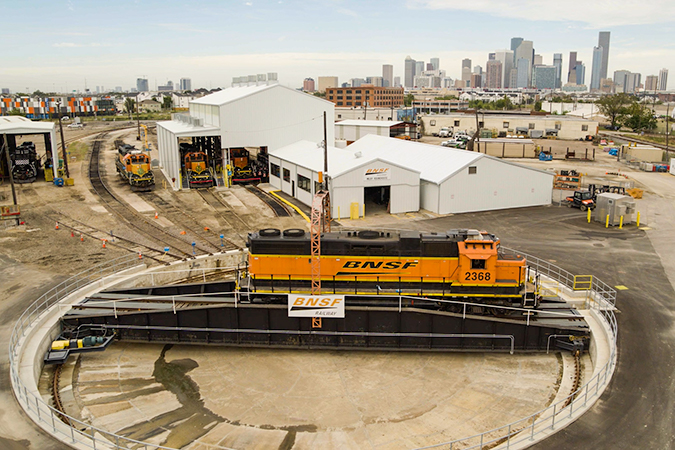
Turntables aren’t just for records! In fact, they were used for locomotives long before they were spinning your favorite classics. Use of turntables to turn locomotives dates back to the 1830s, many years before the phonograph was invented in 1877. Record players may have since been replaced with media players and mobile devices, but turntables on the railroad remain in rotation.
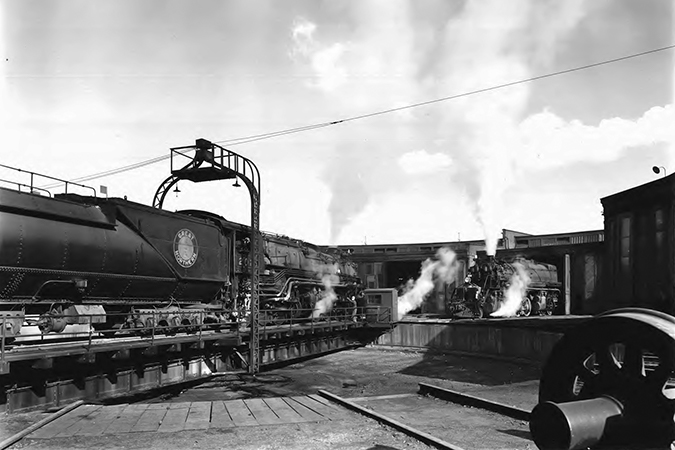
The earliest use for a turntable was to redirect trains. The very first locomotives could only run in one direction, so a device was needed to turn them. Even with bi-directional trains today, turntables are still used as a convenient means for moving locomotives and other equipment onto tracks headed in the correct direction. Turntables are electrically operated from a control booth that is installed on the turntable. Employees controlling it from the booth ride and rotate with the equipment being turned.
Although there are other rail structures that can be used to achieve such turning, like the wye and balloon track, turntables are unique in that they require the least amount of space to do so. This was part of the appeal of turntables back then; they took up less ground, making the design more practical to build than their locomotive-turning counterparts. Interestingly, railroads in North America tended to have fewer turntables and more wyes than railroads elsewhere. Many believe this was a direct correlation to the continent having greater available land capacity than others at the time of construction. However, as Northern American railroad networks grew, so did consideration for turntables.
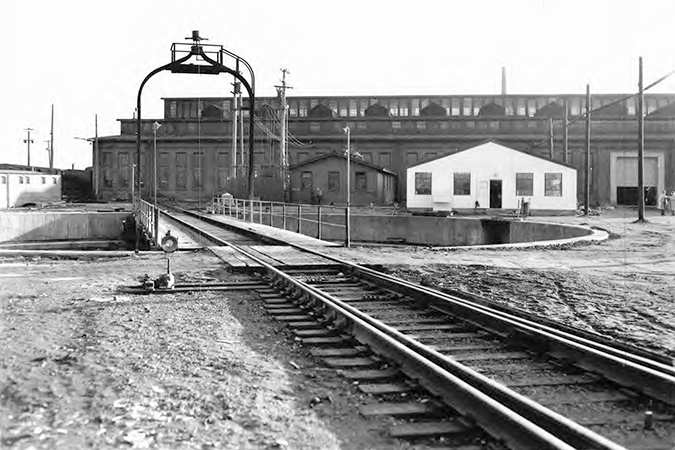
BNSF’s 32,500-mile rail network currently has 33 turntables in service, some dating back to the early 1900s. Several of our vintage turntables are associated with roundhouses, which were mechanical shops where maintenance and repairs were conducted. Roundhouses look exactly as they sound. The semi-circular buildings were constructed around the turntable, which sat in the center as the focal point. Many tracks would dead-end into the roundhouse and meet at the turntable. As locomotives moved onto the turntable, they’d be rotated and moved onto the tracks leading into one of the stalls to be serviced by mechanics. The process would be repeated in reverse to put the locomotive back in circulation once repaired.
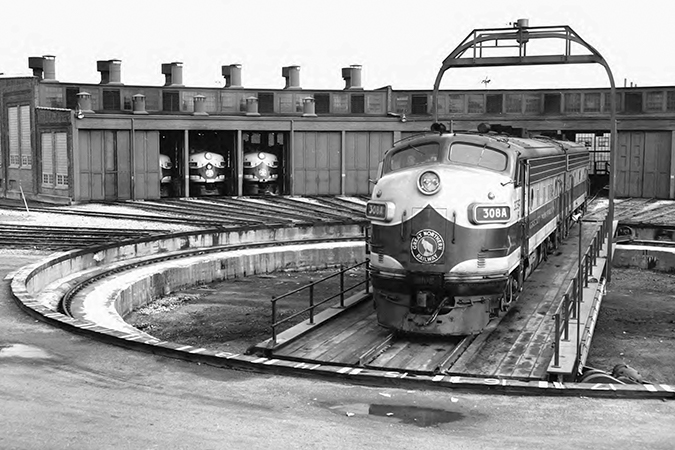
Turntables are most well-known for their service to roundhouses, but they serve other purposes, too. These days, turntables are used in yards to maintain and employ Positive Train Control (PTC) – a system that monitors the position and speed of trains to prevent collisions and derailments. PTC is placed on the lead locomotive of a train, therefore not every locomotive is equipped with PTC.
“A PTC equipped locomotive must be placed on the lead of every train operating on PTC territory,” says Phil Mullen, Director of Network Control Systems, “in the instance that a locomotive is not equipped but is placed in the lead position, it would need to be replaced with one that is.” But what if the available locomotive in the yard with PTC is facing the opposite direction? Never fear, turntables are extremely useful in turning this dilemma around. Mullen explains, “the PTC equipped locomotive would be navigated by operations personnel to a turntable, which would rotate it in the desired position and then place it at the front of the train.”
A revolution for their time, turntables continue to help keep railroad operations moving in the right direction.
